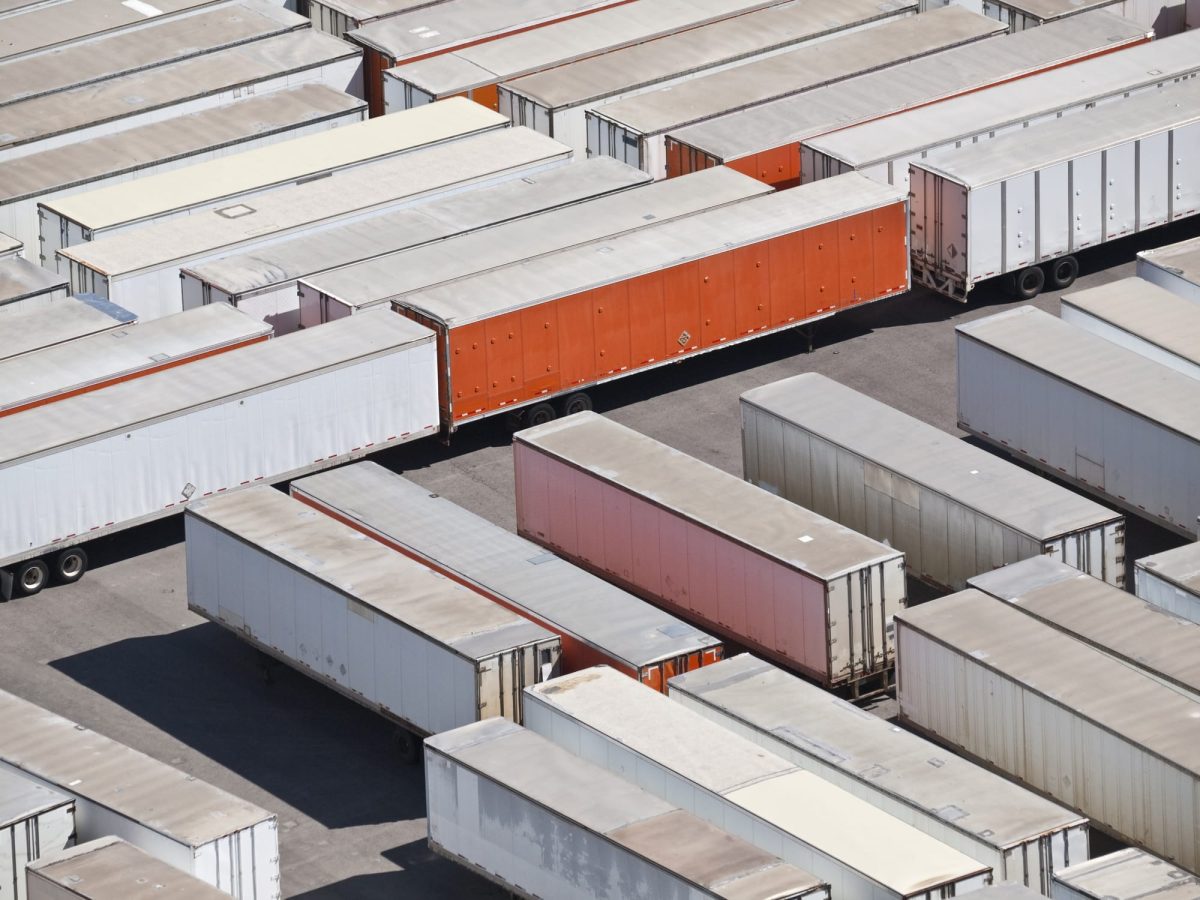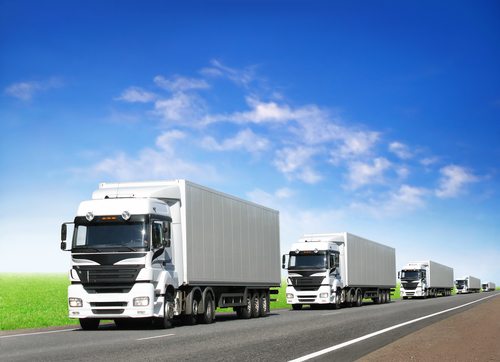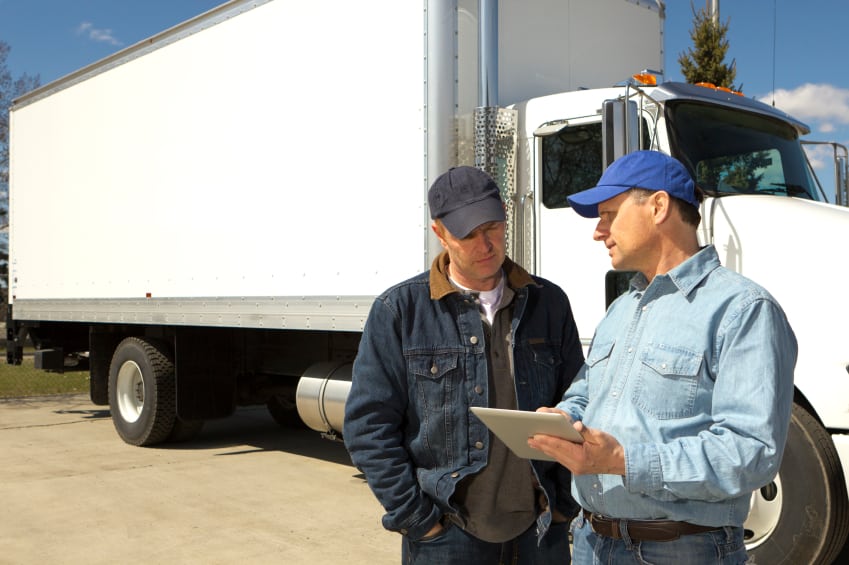
Your trailer yard may not handle traditional road traffic, but there’s still a significant risk of injury to workers and damage to products and equipment. An electric Trailer Dolly from DJ Products can help improve safety by minimizing or eliminating some of the common risk factors found in trailer yards.
1. Poor maintenance
Although yard tractors rarely leave the yard, they’re still designed for legal on-road use. This means they include a number of controls and gauges that need to be inspected and maintained on a regular basis. Our Trailer Dollies are battery-powered, eliminating the costly expense of fuel and corresponding systems. There’s also no need to worry about cab-tilt systems, transmissions, and other intricate features.
2. Pedestrian safety
As road-legal vehicles, yard tractors must be operated by qualified workers who hold a valid commercial driver’s license (CDL). In addition, both driver and vehicle are subject to all Federal Motor Carrier Safety Regulations (FMCSR).
If no licensed driver is available, your yard activities can come to a screeching halt. Even trained drivers have to navigate a number of difficulties, such as poor sight lines and narrow clearances, in order to avoid injuring pedestrians.
No special licensing is required to operate a Trailer Dolly. Any worker, regardless of size, can become fully operational with a minimum of training. Our tugs are also compact enough to easily negotiate sharp corners and tight clearances.
3. Driver injuries
Some of your workers have undoubtedly suffered injuries associated with operating yard tractors. Common injuries include slips and falls while entering or exiting the tractor and catching hands in pinch points.
Workers simply walk behind or in front of Trailer Dollies, so there’s no chance of falling out of a cab. These movers are ergonomically designed to reduce the strain that often leads to repetitive motion injuries.
Protect Workers with a Trailer Dolly from DJ Products
A demonstrated concern for employee welfare provides a boost in worker morale, leading to greater productivity. Contact us at 800.686.2651 and let one of our friendly Sales Engineers help you find the right material handling solution for your specific application.
















